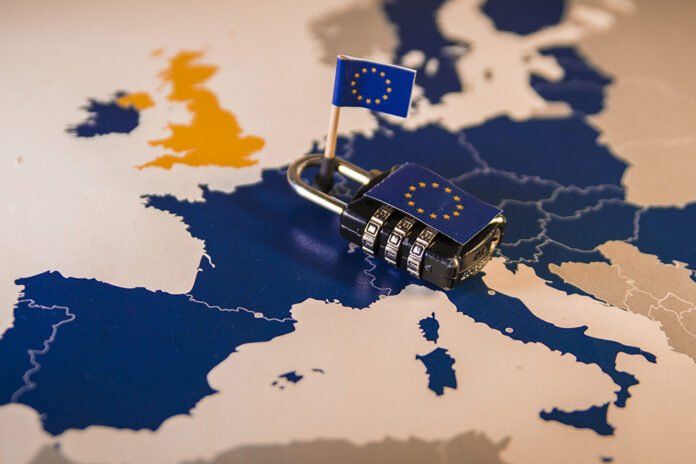The European Union’s evolving textile import regulations present significant challenges and opportunities for global apparel exporters. With a strong emphasis on sustainability and transparency, the EU aims to curb the environmental impact of textile imports by enforcing stricter rules. These regulations focus on reducing waste, improving recyclability, and ensuring responsible sourcing throughout the supply chain.
One of the key trends is the implementation of the EU Strategy for Sustainable and Circular Textiles, which sets ambitious targets for reducing waste and promoting circularity by 2030. This strategy includes mandatory measures for extended producer responsibility (EPR), eco-design requirements, and transparency in supply chains. Exporters must now ensure that their products comply with these regulations, which include detailed labeling and documentation of sustainable practices.
However, navigating these regulations comes with risks and compliance challenges.
Exporters face increased costs due to the need for enhanced traceability, certification, and adjustments to their production processes. Non-compliance can lead to hefty fines, product recalls, and even bans from the EU market, posing significant risks to businesses.
To mitigate these risks, exporters are advised to stay updated on regulatory changes and invest in sustainable practices that align with EU standards. Building robust supply chain management systems, fostering transparency, and collaborating with EU partners can help navigate the complexities of these regulations, ensuring continued access to one of the world’s largest apparel markets.



